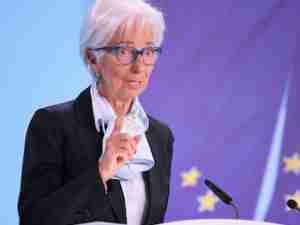The US decision to limit the increase in sock imports from China, announced on Oct. 22, is the latest round in increasingly bitter trade spats with Beijing.
China's Ministry of Commerce said in a statement that the move 'violated liberalization of trade in textiles, severely bruised the confidence of Chinese industry and people in the international trade environment under the WTO and undoubtedly damaged the trading system.'
'The Chinese government reserves the right to take further steps under the framework of the WTO,' the statement quoted ministry spokesman Chong Quan as saying.
The statement, posted on the ministry's Web site, didn't say what China might do. But it did urge a swift resolution of the dispute 'to avoid having it negatively affect Sino-US relations.'
The US government has ruled that sock imports from China were disrupting the US market.
Washington plans to seek talks with China on the disruptions. Meanwhile, a quota will limit imports of socks from China to a 7.5% annual increase over current import levels - a far smaller increase than in recent years.
If the talks fail to resolve the dispute, the quota will remain in effect for a year.
Beijing's Commerce Ministry charged that there was no evidence China's exports were causing disruptions.
Apart from socks, US textile and clothing manufacturers have asked Washington to protect them against a surge of Chinese imports next year when worldwide quotas are removed under WTO rules. The petition covers cotton and synthetic trousers, wool trousers, cotton and synthetic knit shirts and underwear.
The administration will have to make an initial ruling on the technical merits of the petition on Nov. 1. Trade tensions have been rising amid a campaign that has often focused on the US trade deficit, especially with China. The deficit with China hit an all-time high for any country of $124 billion last year and is expected to hit $140 billion this year.
US manufacturers contend they could be ruined by a flood of low-cost socks from China. According to US figures, China exported 265 million pairs of socks to the US last year, up from the 69.6 million pairs it exported in 2002. (Dow Jones & Company, Inc.)



